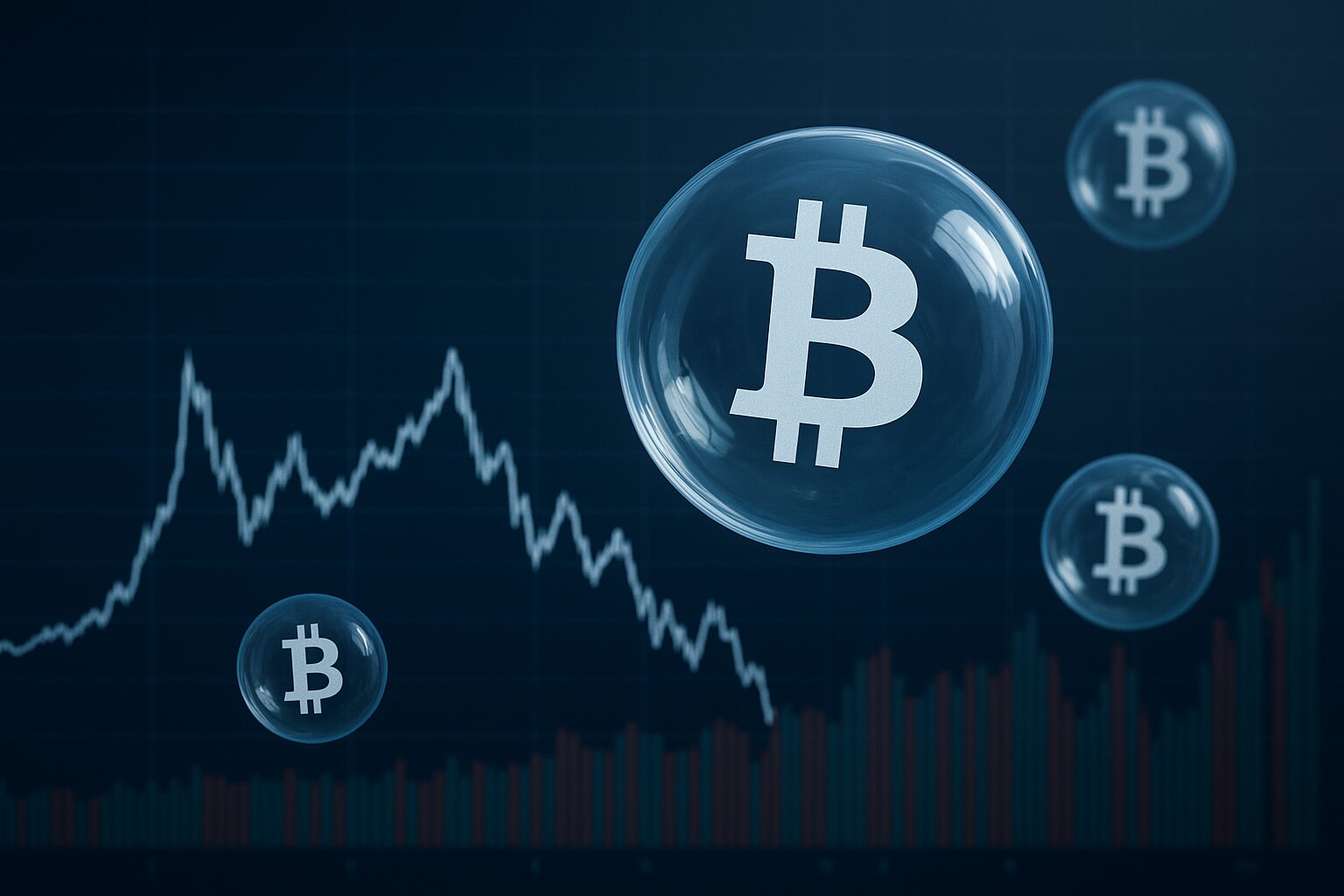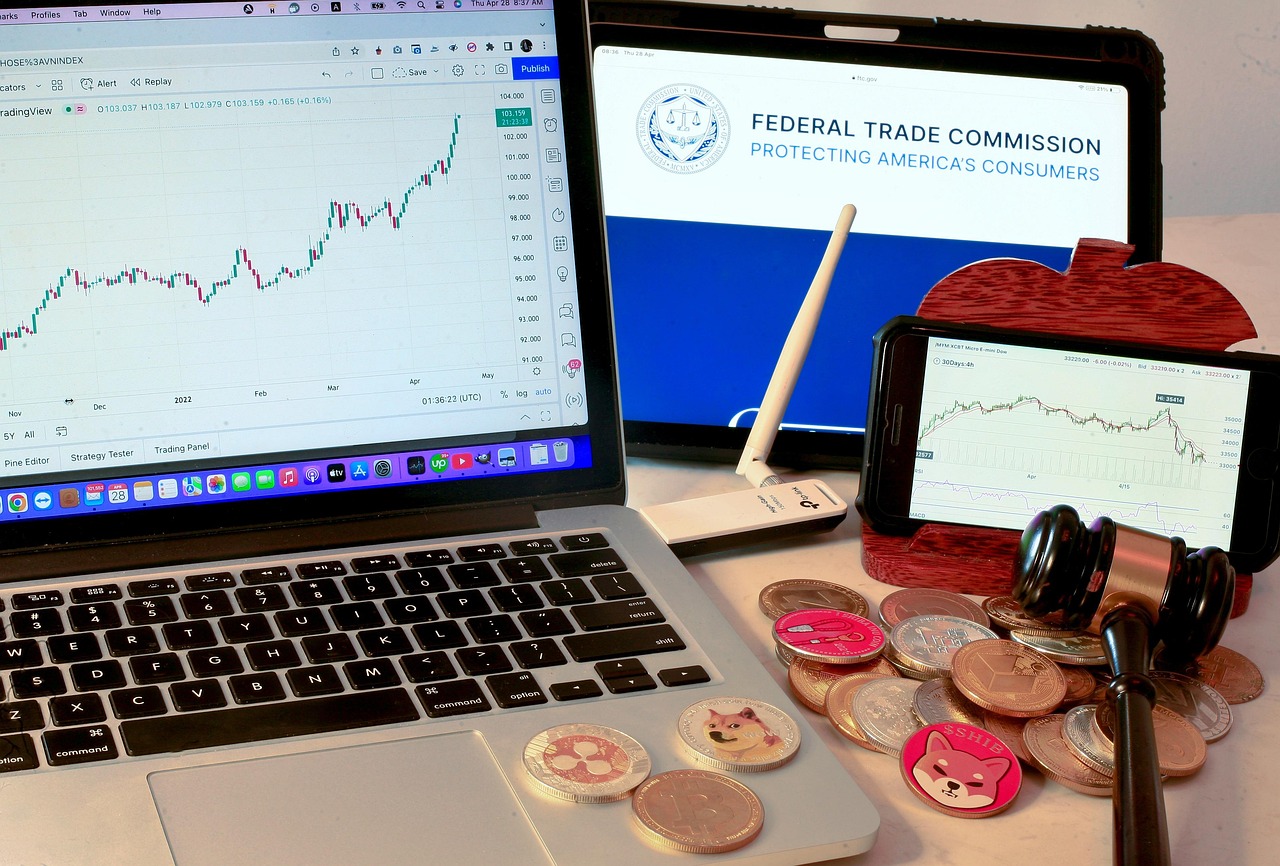The crypto world is known for its incredible highs and sudden crashes. You’ve probably heard stories of coins skyrocketing overnight—only to fall just as fast. These dramatic shifts are often part of what experts call crypto bubbles — periods when prices rise far above their true value, driven by hype and speculation.
Unlike traditional assets, cryptocurrencies are still young and volatile, which makes them more prone to bubbles. But understanding how and why these bubbles form can help you make smarter decisions and avoid costly mistakes.
In this guide, you’ll learn:
- What crypto bubbles are and why they occur
- Key signs you’re in a bubble
- How to protect yourself from price traps
- Tools and strategies to manage volatility effectively
By the end, you’ll know how to stay calm, strategic, and confident in any crypto market cycle.
What Are Crypto Bubbles?
A bubble occurs when the price of an asset—like Bitcoin, Ethereum, or any altcoin—rises rapidly beyond its intrinsic value, mainly due to hype rather than real-world utility.
In financial history, bubbles are nothing new. We’ve seen them in the dot-com boom (1990s) and the housing bubble (2008). The same pattern repeats in crypto, often amplified by social media, influencer hype, and easy access to trading apps.
For instance, during Bitcoin’s 2017 bull run, BTC prices soared close to $20,000 before crashing by over 80% in 2018. This cycle mirrors what happens in almost every bubble: prices rise fast, optimism peaks, and then reality sets in.
Semantic keywords: crypto market cycles, Bitcoin crash, speculative trading, crypto valuation, blockchain hype
How Crypto Bubbles Form
Understanding how bubbles form is the first step to avoiding them. Here’s the usual progression:
- Early Enthusiasm (Stealth Phase)
A small group of insiders or developers starts a project. Word spreads slowly, and early investors see potential before the masses do. - FOMO and Speculation (Awareness & Mania Phases)
As prices rise, FOMO (fear of missing out) kicks in. Media coverage and influencer tweets drive demand higher, even from those who know little about the project’s fundamentals. - Hype Explosion (Euphoria Phase)
Everyone wants in. New investors flood the market, believing prices will never fall. Unrealistic price targets dominate discussions. - Crash and Reality Check (Blow-Off Phase)
Prices collapse as smart money exits. Late buyers panic and sell at a loss, causing widespread fear.
Key Signs You’re in a Crypto Bubble
How can you tell when a bubble is forming? Watch for these red flags:
- Unrealistic price surges within days or weeks
- Overhyped projects with no working product or clear roadmap
- Celebrity endorsements and viral memes driving demand
- Mass retail participation — when “everyone’s buying crypto”
- Weak fundamentals but record-breaking valuations
When you start seeing coins advertised everywhere, that’s often a sign the market is overheating.
Historical Examples of Crypto Bubbles
Let’s revisit some major crypto bubble moments:
1. Bitcoin (2017)
BTC surged to nearly $20,000 before plunging to around $3,000 in 2018. The hype around blockchain adoption outpaced real development.
2. ICO Boom (2018)
Initial Coin Offerings (ICOs) promised to revolutionize industries. But most projects lacked utility — many lost over 90% of their value within a year.
3. NFT Boom (2021)
Digital art sales like Beeple’s $69 million NFT sale made headlines. Soon after, the NFT market cooled, with trading volume dropping over 90% by 2022.
4. Meme Coin Rallies (Dogecoin, Shiba Inu)
Driven by online communities and tweets, meme coins soared without much intrinsic value — classic examples of short-term bubbles.
Each event taught investors valuable lessons: hype fades, but fundamentals last.
The Role of Market Volatility in Crypto
Volatility is not just normal in crypto — it’s expected. Prices swing dramatically due to:
- Low liquidity in smaller markets
- Global economic news like inflation or regulation
- Sentiment-driven trading rather than fundamentals
Smart investors use volatility to their advantage. Traders use strategies like stop-loss orders or dollar-cost averaging (DCA) to manage risk.
How to Avoid Falling into Price Traps
Here are smart strategies to protect yourself from the next crypto bubble:
- Do Your Research — Always study the project’s whitepaper, use case, and team background.
- Diversify — Don’t put all your funds into one coin or sector.
- Ignore Hype — Avoid investing based solely on influencer tweets or viral videos.
- Set Limits — Use stop-loss and take-profit levels to protect your capital.
- DCA (Dollar-Cost Averaging) — Buy small amounts over time instead of lump sums.
- Watch for “Pump and Dump” Signals — Sudden, unexplainable price surges are often manipulated.
Tools and Metrics to Spot Bubbles Early
Here’s how to detect early warning signs:
| Type | Indicators | What to Watch |
|---|---|---|
| On-chain | Whale movements, exchange inflows/outflows | Large transfers often signal market shifts |
| Sentiment | Fear & Greed Index | Extreme greed usually precedes corrections |
| Technical | RSI, MACD, volume spikes | Overbought conditions hint at short-term tops |
| Fundamental | Active addresses, development activity, partnerships | Lack of progress = weak fundamentals |
What to Do If a Bubble Bursts
If the market crashes — don’t panic. Follow these steps instead:
- Stay Calm — Selling at the bottom locks in losses.
- Reassess Fundamentals — Keep coins with long-term utility.
- Learn From Mistakes — Every cycle offers lessons.
- Use the Opportunity — Buy quality assets at lower prices.
Example: Bitcoin holders who held through the 2018 crash saw prices rebound above $60,000 in 2021 — proof that patience pays off.
The Future of Crypto Market Cycles
Are crypto bubbles here to stay? Probably — at least until the market fully matures.
However, greater regulation, institutional investment, and better investor education can reduce their frequency and severity.
As crypto adoption expands into real-world use cases (like payments, gaming, and decentralized finance), the market may evolve beyond pure speculation.
Analysts believe the next phase of crypto will focus on utility over hype, shifting value to projects with sustainable ecosystems.
Conclusion
Crypto bubbles can be thrilling and terrifying at the same time. While they highlight innovation and investor excitement, they also expose risks when speculation outpaces reality.
By understanding how bubbles form and how to avoid emotional investing, you can navigate the market more confidently. Remember:
- Not every surge is a bubble.
- Fundamentals matter more than hype.
- Volatility is an opportunity, not just a threat.
Stay informed, diversify, and think long-term — the best defense against the next crypto bubble.
FAQs
1. What exactly causes a crypto bubble?
A crypto bubble forms when investor hype and speculation drive prices far above real value, often fueled by social media and FOMO.
2. How can I tell if a crypto project is overhyped?
If the project has little technology or real-world use but massive price gains and celebrity attention, it’s likely overhyped.
3. Are all crypto price surges considered bubbles?
No. Some surges reflect genuine growth based on new partnerships or adoption. A bubble occurs when price exceeds actual value.
4. What should I do during a market crash?
Avoid panic selling. Reassess your portfolio, focus on strong fundamentals, and consider buying quality assets at lower prices.
5. How can I protect my investments from volatility?
Diversify, set stop-loss orders, and use dollar-cost averaging to reduce emotional trading.
6. Do crypto bubbles always end in crashes?
Most do, but some corrections are mild. Over time, the market stabilizes as weaker projects fade and stronger ones survive.
7. Is there a way to profit from bubbles safely?
Yes — take profits gradually during euphoric phases and reinvest in assets with long-term value.
Disclaimer
This content is for informational and educational purposes only. It should not be considered financial or investment advice. Always do your own research (DYOR) and consult with a licensed financial advisor before making investment decisions.



